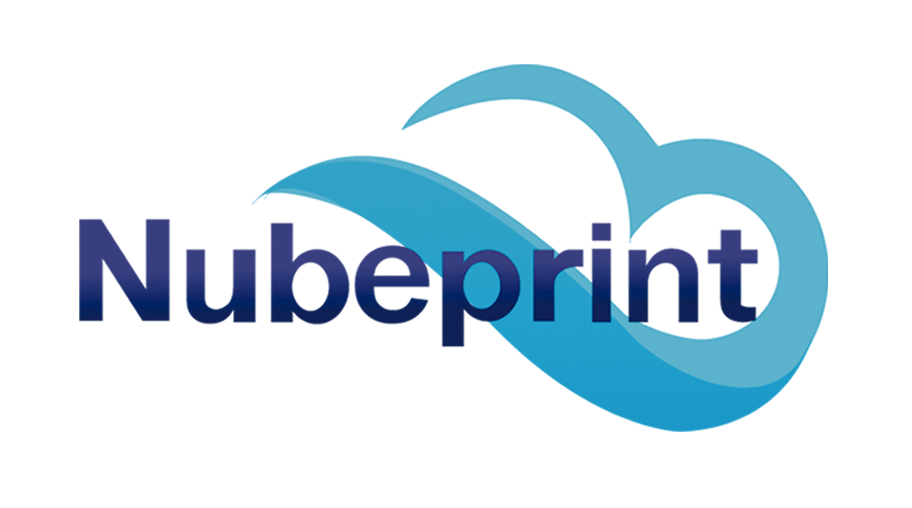Did you know …….?
Only with a real balance between wealth creation (or economic value added) and sustainability will true progress be achieved.
On reflection, looking back 35 years, three things stand out.
First, the “clustering or consolidation” between OEMs and consumable manufacturers, which was already necessary in 1986, is now stalled in printing and copying. COVID-19 has probably delayed some agendas but accelerated the need. These adjustments will bring both threats and opportunities. One must be prepared.
Second, there is the “protection” of OEMs. In 1987, there was no “aftermarket,” i.e., on one side were the OEMs building the machines and on the other the consumable factories manufacturing the supplies, but everything changed with the advent of inkjet and laser. Since then, the race to place devices at or below cost has been in full swing. OEM supply revenues are more critical than ever and even more, intellectual property challenges are expected. The stakes are high, and OEMs will take greater risks by compromising consumer choice.
The third is “sustainability.” The separation between equipment and supply manufacturers was one of the first signs of the birth of laser cartridge remanufacturing; the other was sustainability. There is broad political agreement that while progress has been made, it is not enough and if we really want to leave a sustainable planet for future generations, we must not only do more we must be more efficient.
Only when we have an alignment between wealth creation and sustainability will real progress be made. Delaying obsolescence, designing for repair and extending product life cycles must become core elements of competitive advantage. Not the other way around.
The circular economy shows us the way and gives remanufacturing an increasingly important role in our industry.
Source: RTM World, Nubeprint
